Project Name: Expedition A1(RAISE A1) Body Intelligent Robot
Customer Name: "Huawei Genius Youth" Zhihui Jun
Project introduction: Expedition A1 adopts the modular design of upper and lower limbs, and the upper limbs support flexible replacement of end tools to meet the needs of various tasks. The lower limb adopts different designs such as biped, wheeled, wheel-foot, etc., which can realize the optimal robot configuration and expansion in different application scenarios. It is not only similar to human in form, but also shows strong ability in the fields of bipedal walking, intelligent task, human-computer interaction and so on.
Zhiyuan has also released a high-degree-of-freedom dexterous hand SkillHand for the next generation of robots. This dexterous hand will have 12 active degrees of freedom and 5 passive degrees of freedom. All drivers are built-in and integrated with vision-based fingertip sensors, which are specially designed for precision operation. This dexterous hand will become a standard accessory of the expedition series after further iterations.
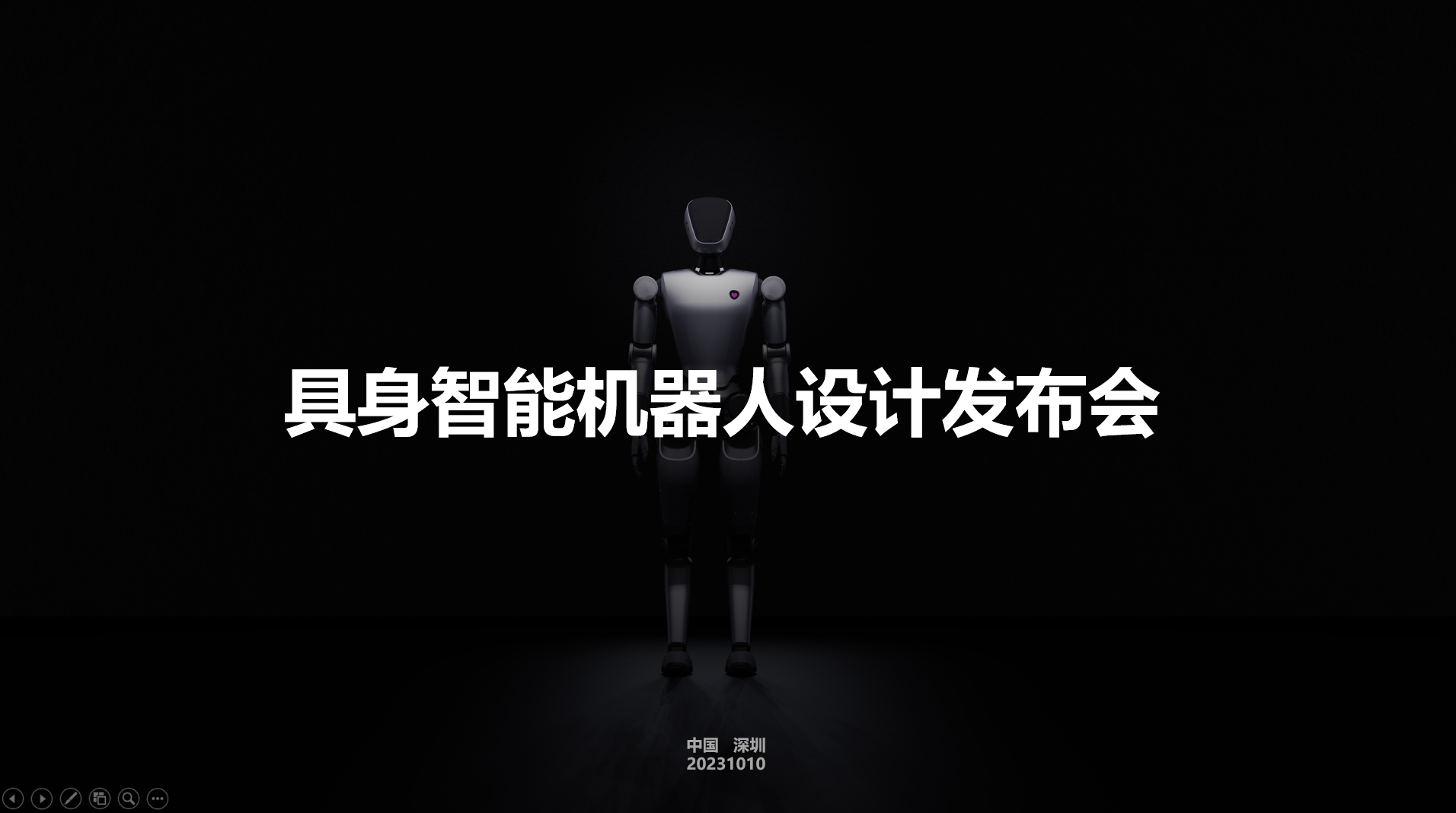
First of all, I am honored to be involved in such a great thing. Inject design elements into the process of changing the world. It's exciting to think about it!
From the earliest days of Zhihui's creation to the release of Expedition A1 robot, we participated in the whole process. We can deeply feel the difficulty of Expedition A1 in the past six months.
The first time I saw Zhihui, my first impression was that he was young and handsome, and his eyes were firm. This is the person set up for him in my mind. My thoughts were interrupted by his words of good youth. But I don't know how to pick up the words. I wonder whether it is a compliment to my old face or a doubt about my design ability.
I boast that I still have a little knowledge of robot industrial design. I think my professional knowledge should be able to talk to him very comfortably. When I was talking about design in Kan Kan, I found that Zhihui was very clear about how to do each link of the design, input and output, and even had a clear direction in design creativity.
I panicked at that time. This guy knows too much and is not very easy to talk about. There must be no flaw in the design.
Think later this is a very good start. It is a very lucky thing to be able to communicate with people who understand design so well. Because all our ideas can be met together, a lot less unnecessary communication costs. And give the designer enough respect
We talked a lot, and his vision for the whole humanoid robot was very clear and forward-looking. I also express some of my own ideas about future humanoid robots. What a great collision!
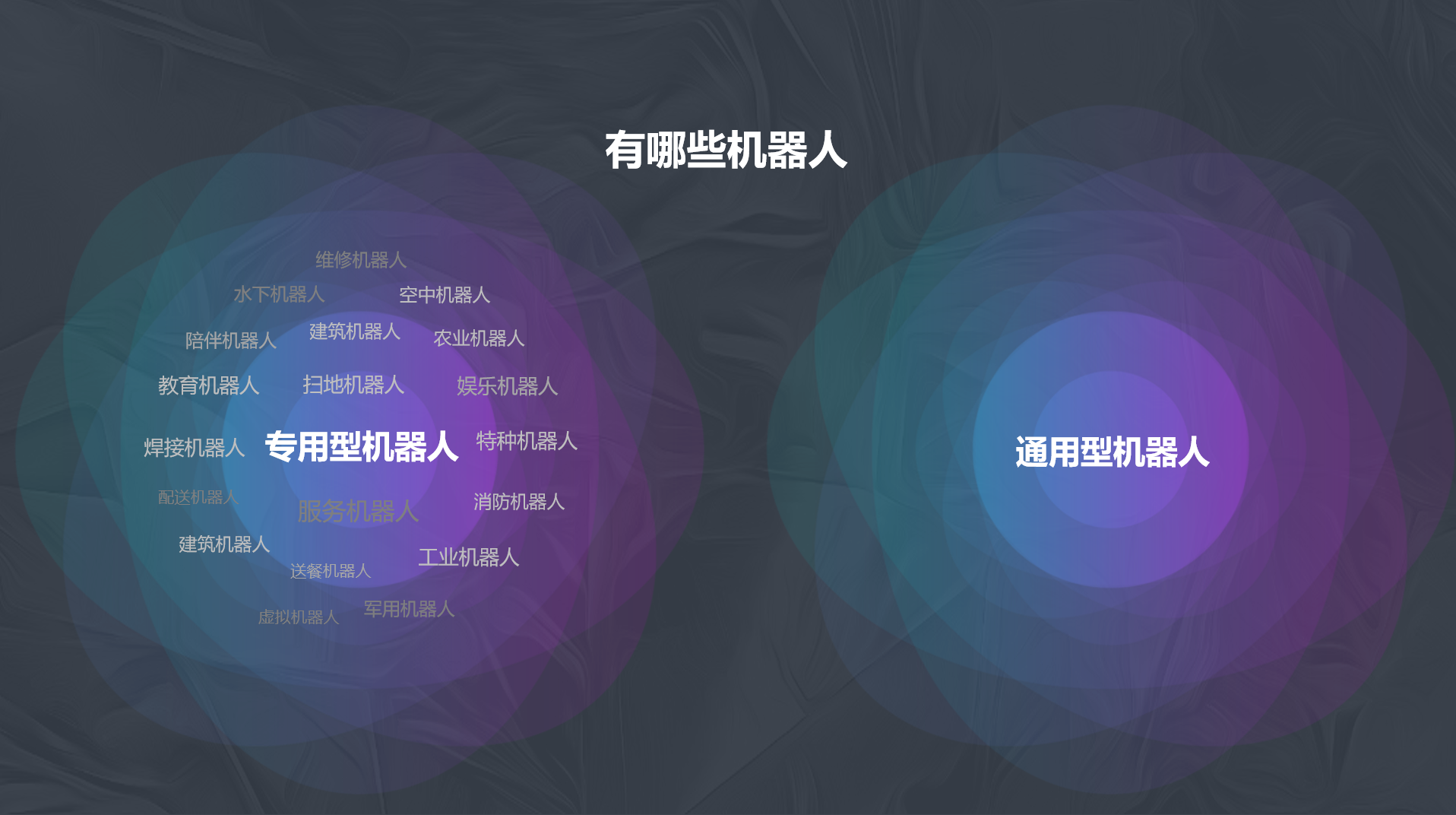
Entering the battlefield of humanoid robots is bound to be a protracted battle,
Robots are roughly divided into two categories, one is a special-purpose robot, and the other is a general-purpose robot. The special-purpose robot means that this type of robot only focuses on one thing to solve one problem, and the general-purpose robot means that it can do a lot based on this robot platform. Things, just like humanoid robots can span application scenarios, not limited to a certain scenario.

Large models can provide more accurate, flexible, and intelligent solutions by leveraging technologies such as deep learning and natural language processing. Traditional methods often require writing complex rules and algorithms to implement the functions of humanoid robots, while large models can automatically extract features and patterns and make intelligent decisions by learning large amounts of data and experience.
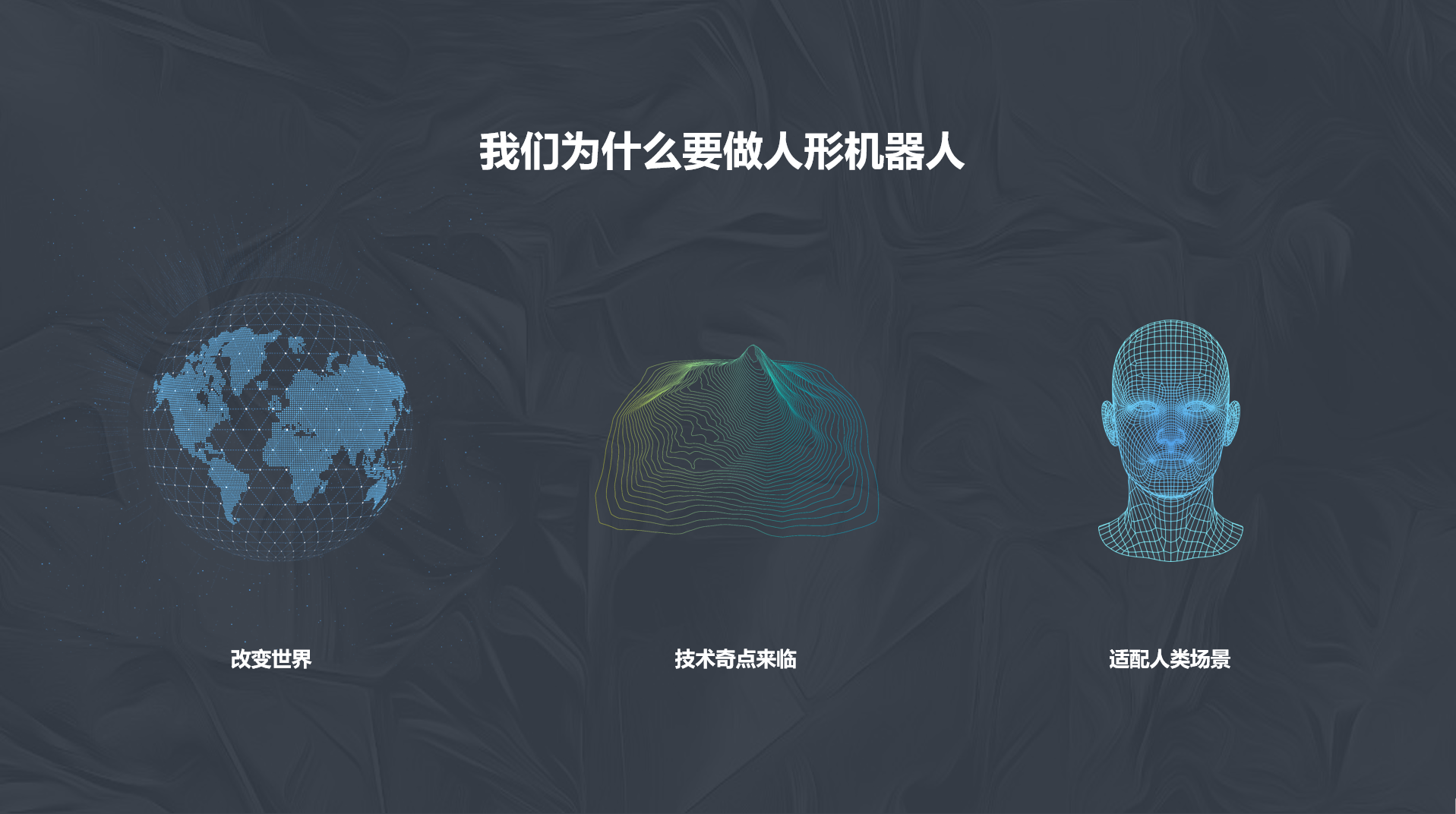
Do something for the world and do something for the progress of human society. There are still many technologies to be tackled for a single robot, and the construction of robot ecology and robot BIM system has a long way to go. However, the singularity of the core technology of robots has come, and the high computing power of big models and big data has been growing and breaking through. In the human world, humanoid robots are the best fit.

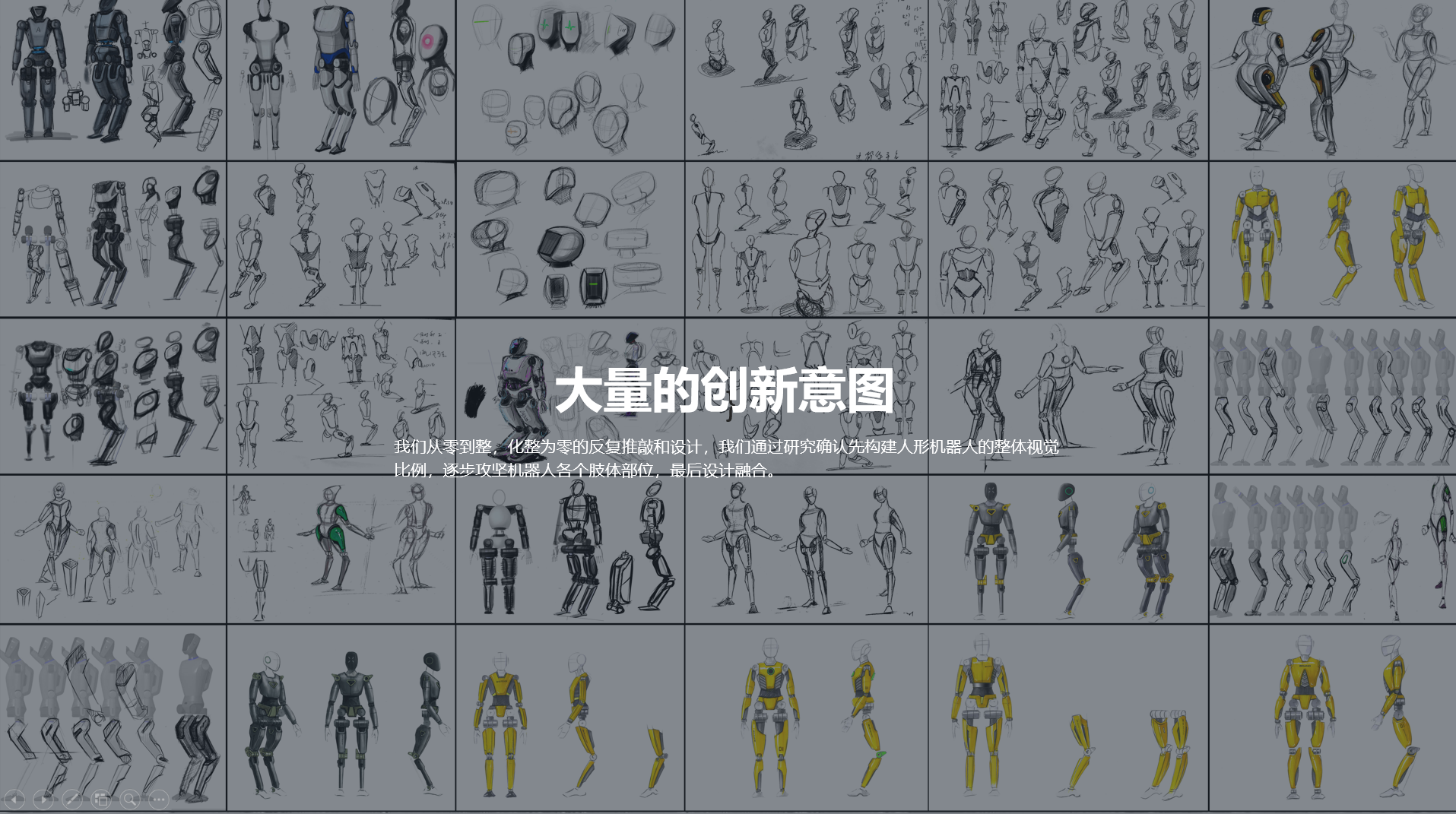

In the process of design deduction, we have carried out a lot of innovative intentions, including the study of human-shaped proportions, and each limb as a separate design topic. We repeatedly deliberated and designed from zero to whole, breaking up into parts. Through research and confirmation, we first constructed the overall visual proportion of the humanoid robot, gradually tackled the various limb parts of the robot, and finally designed the fusion.
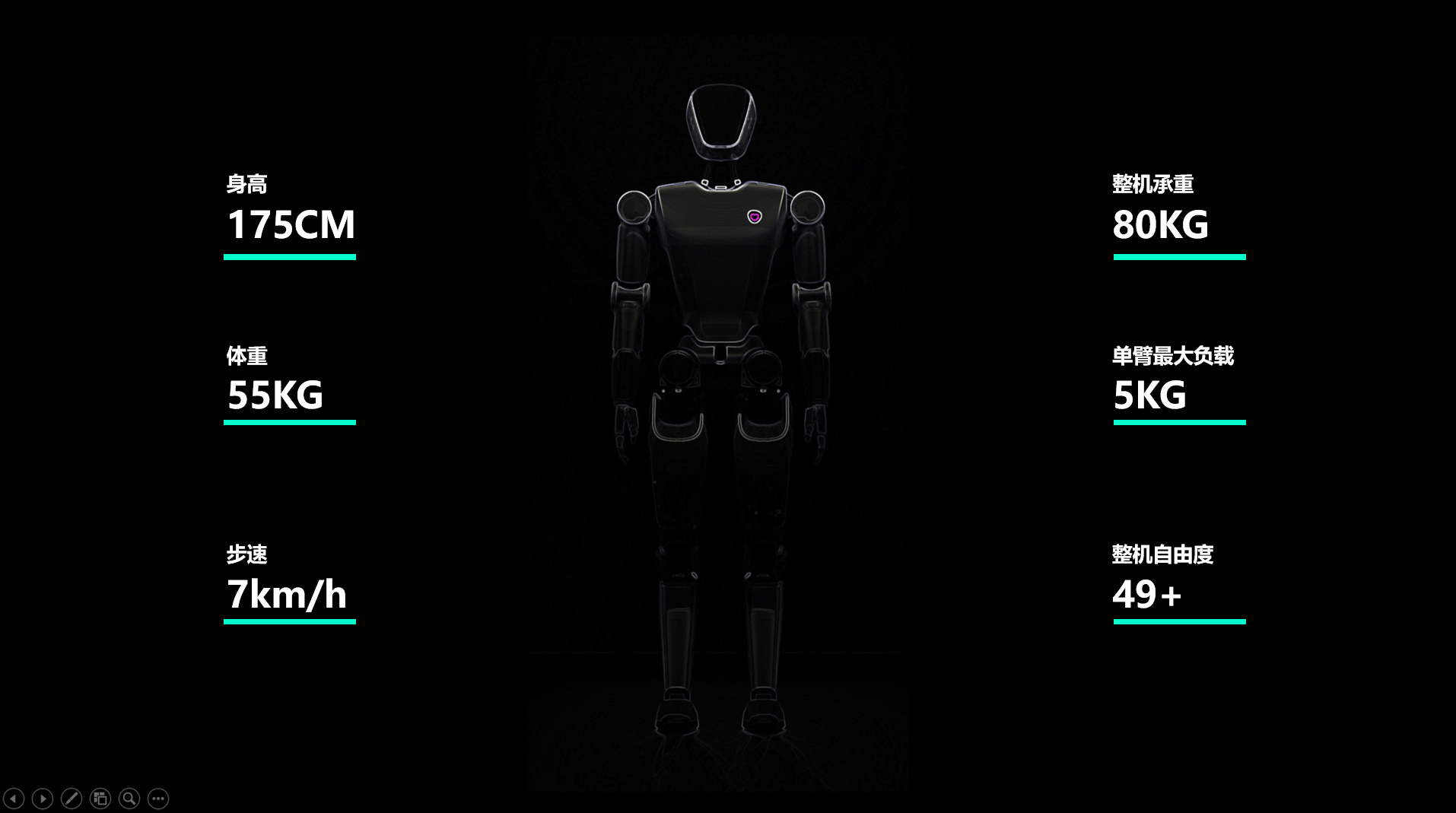
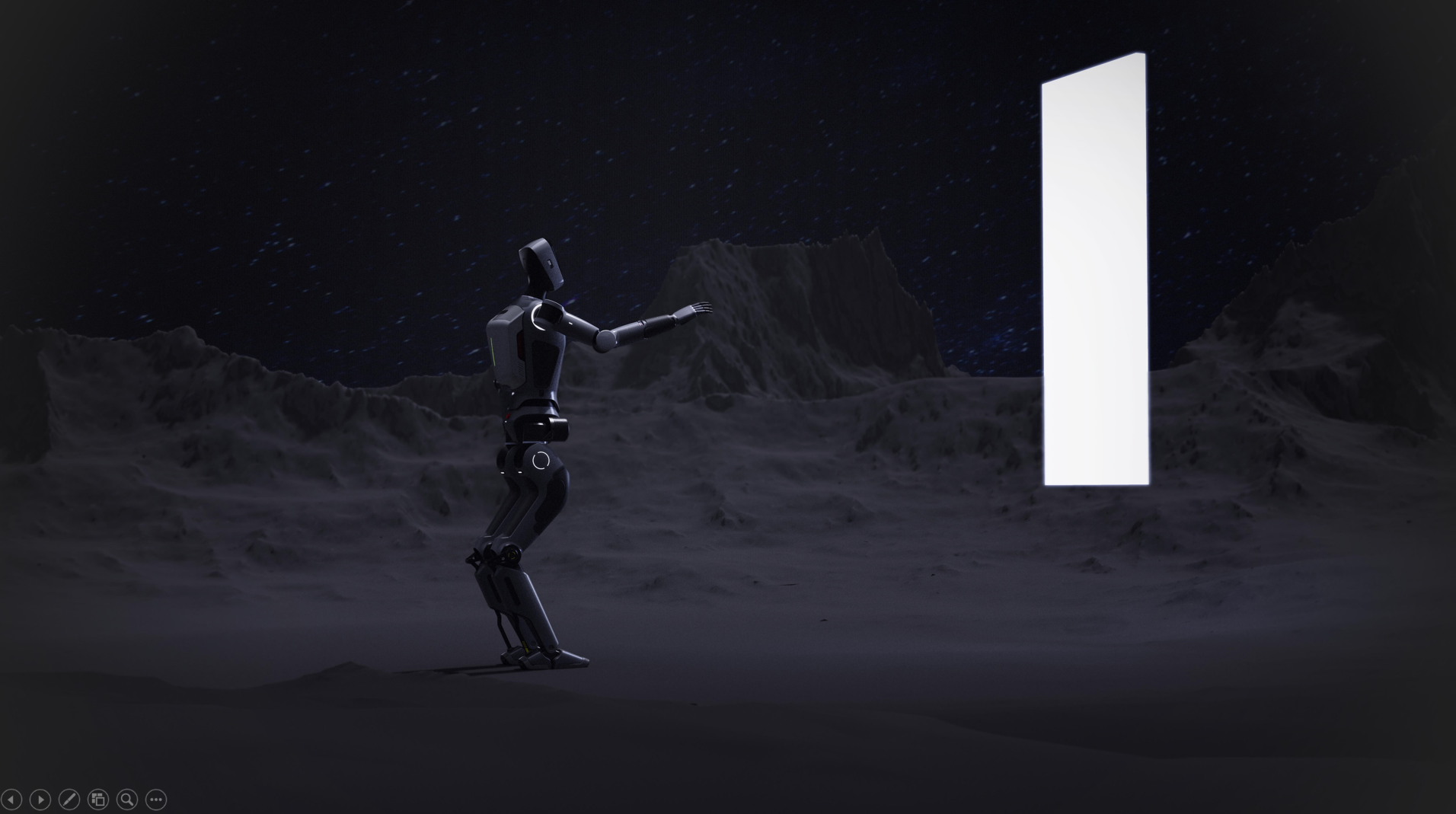

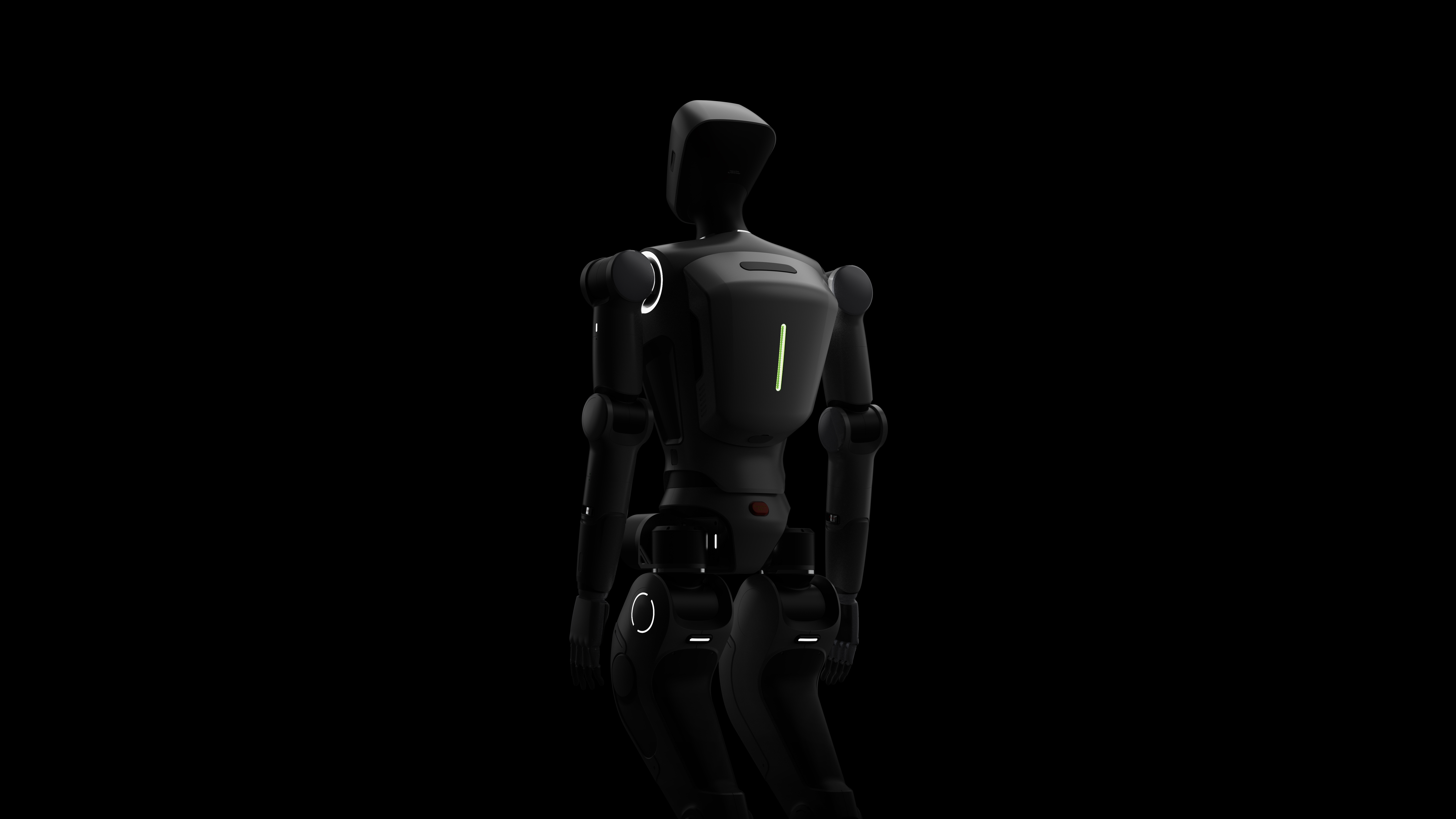

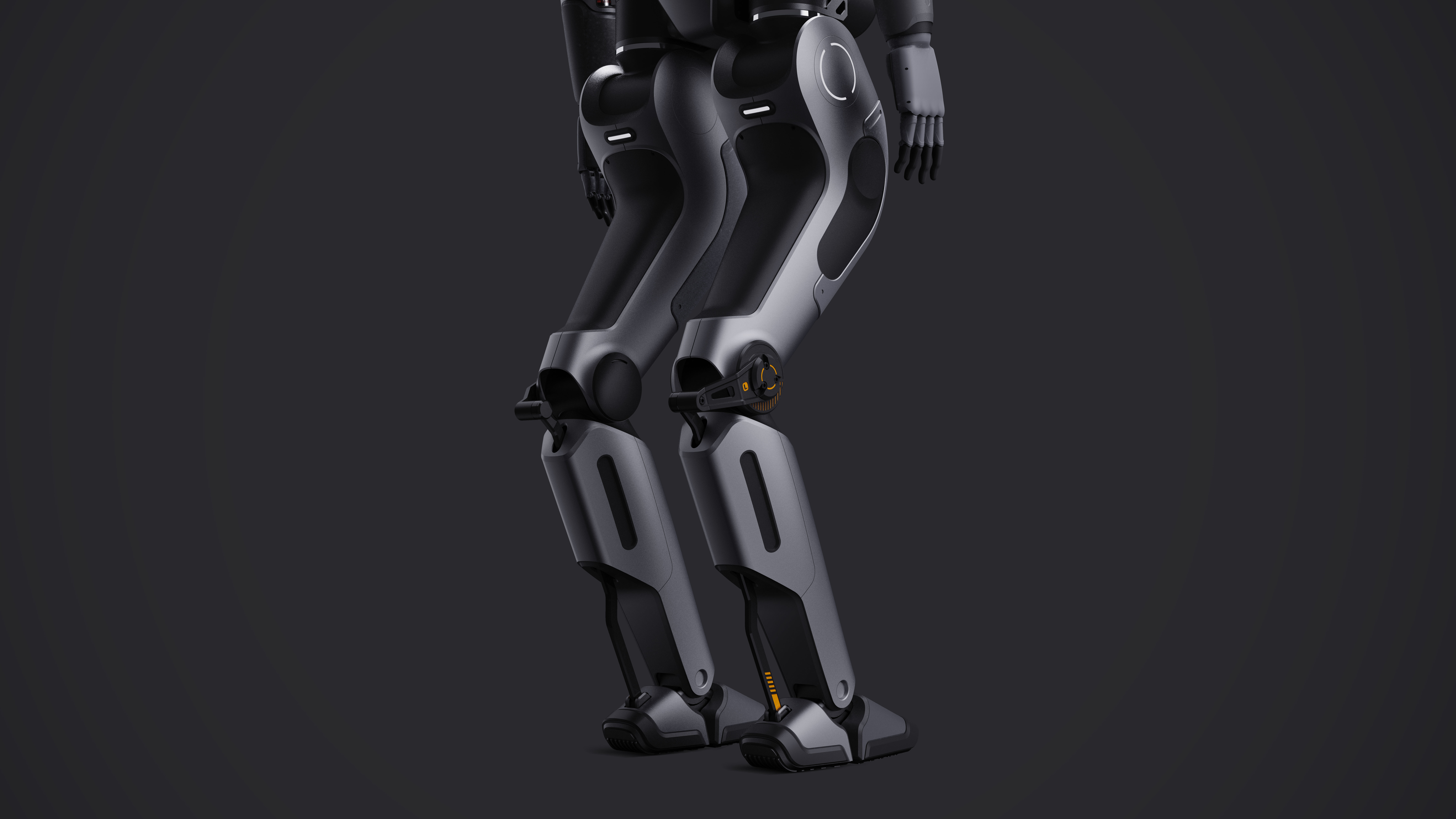
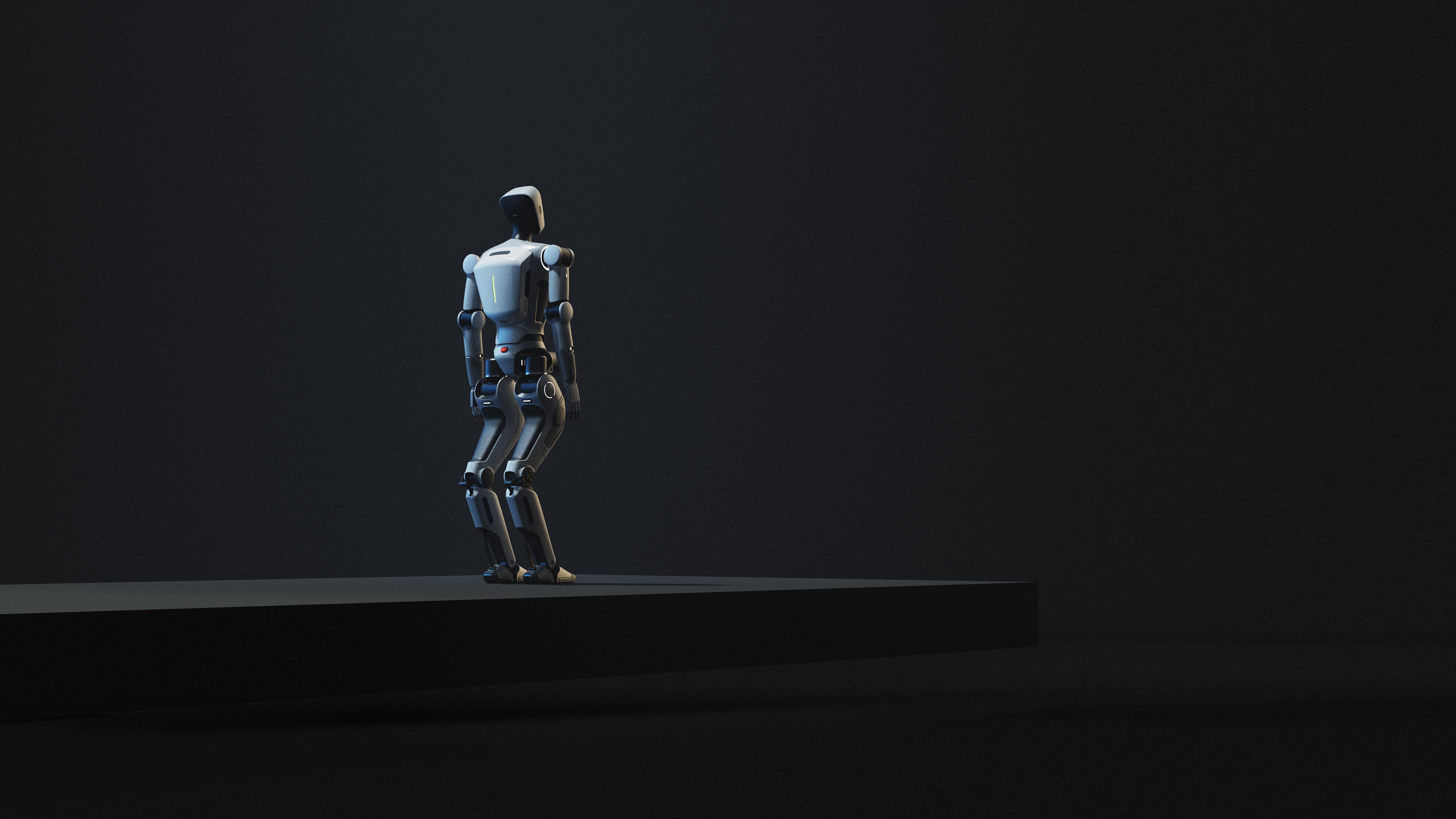
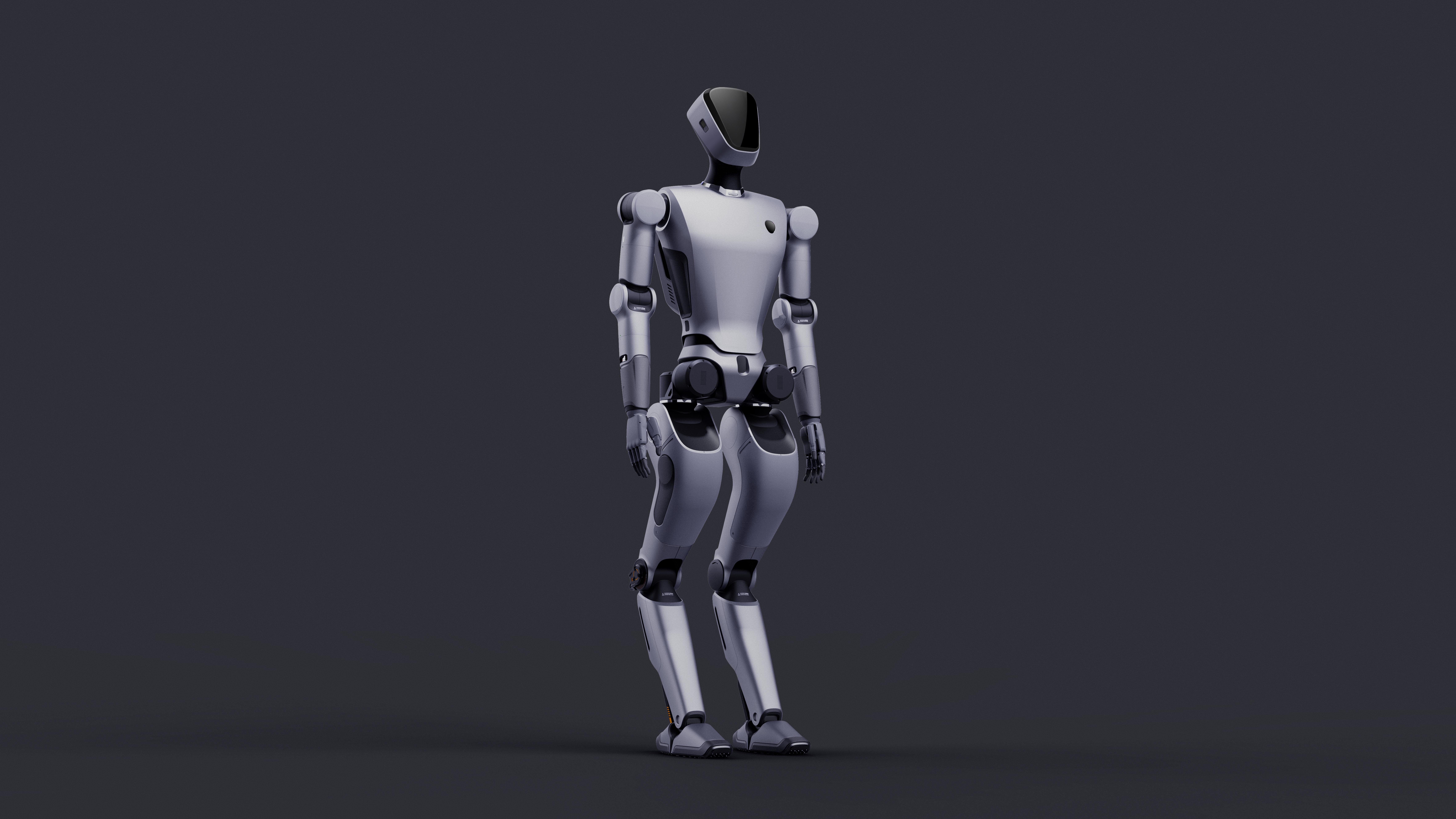
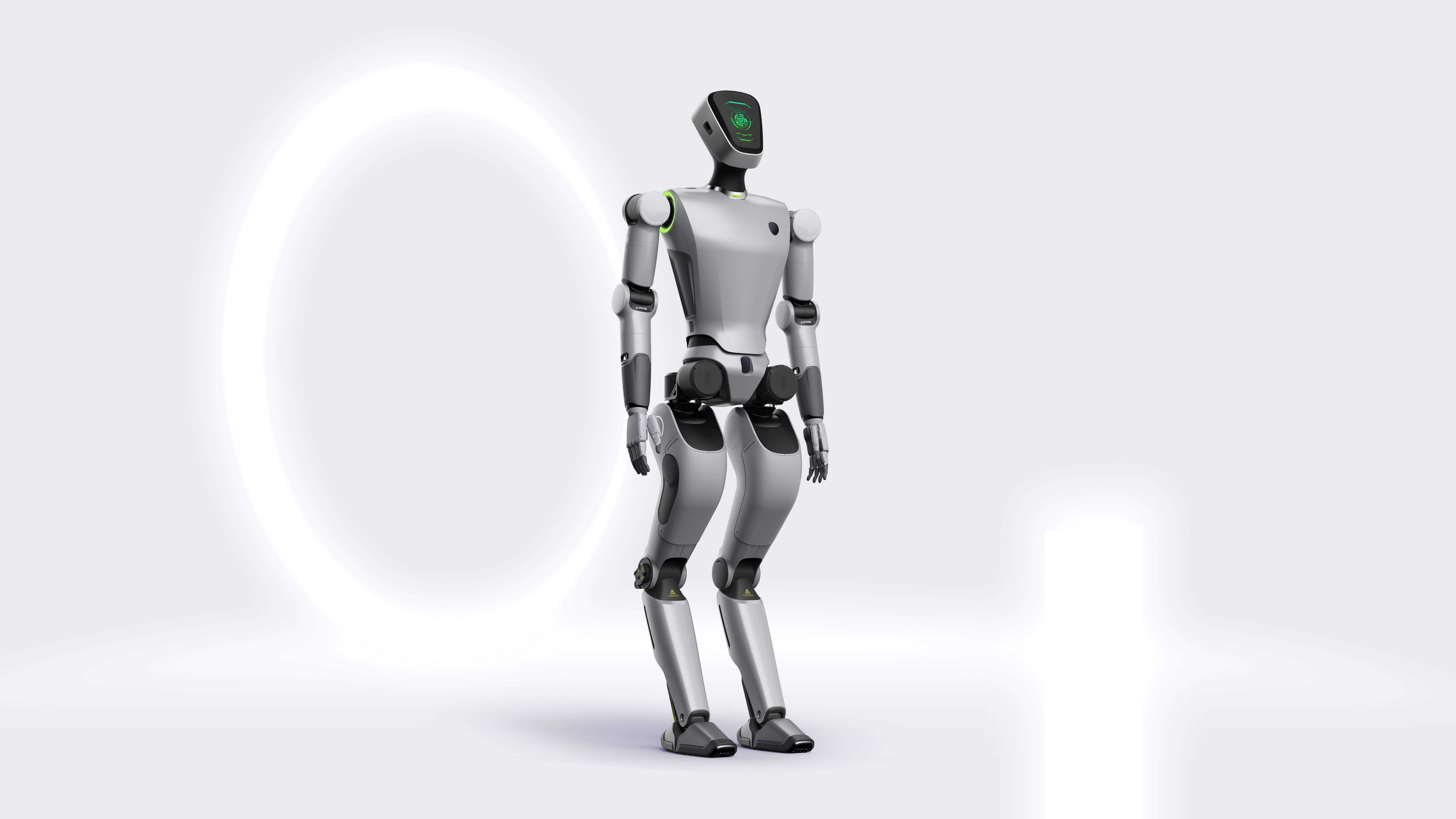
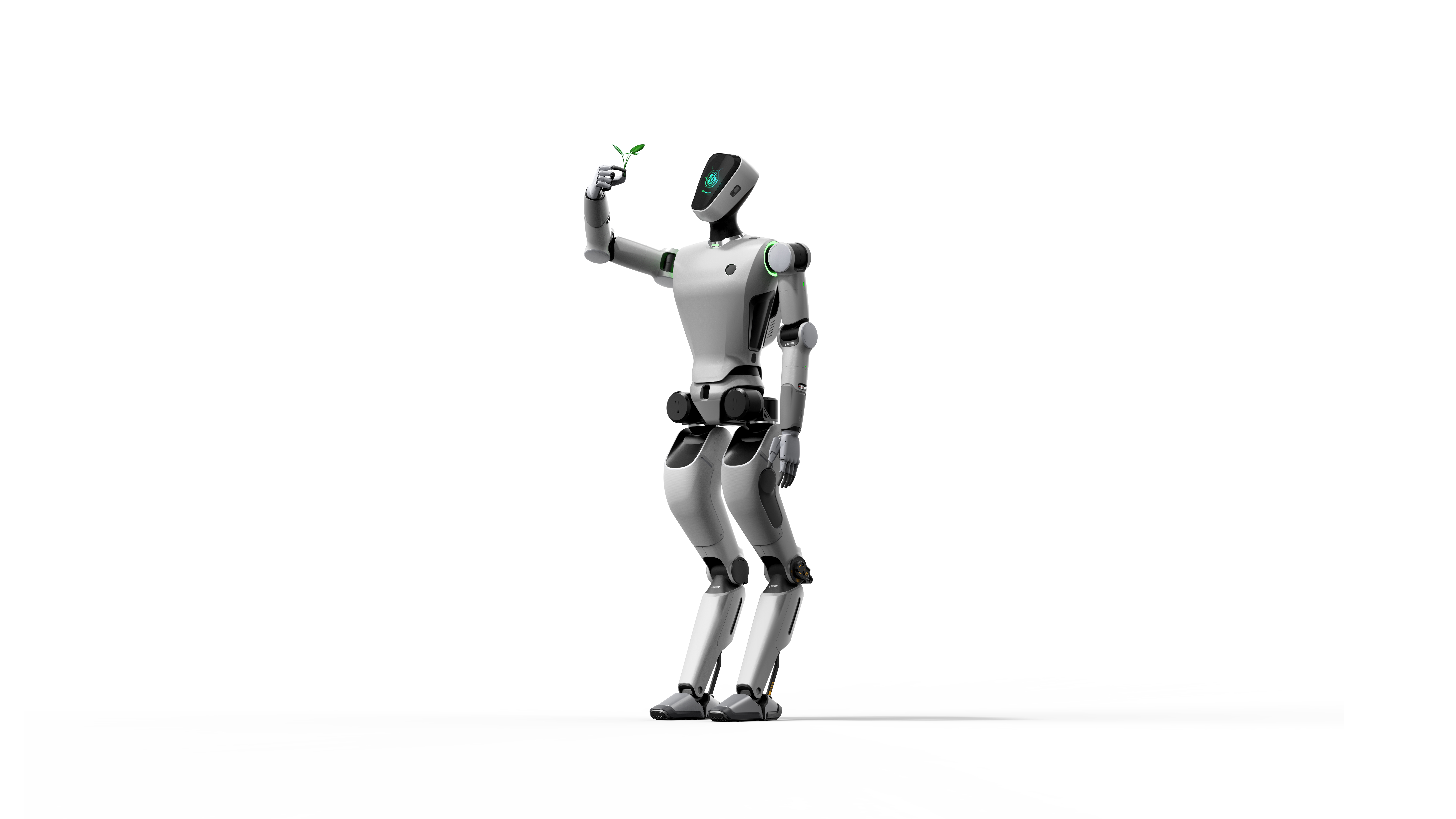

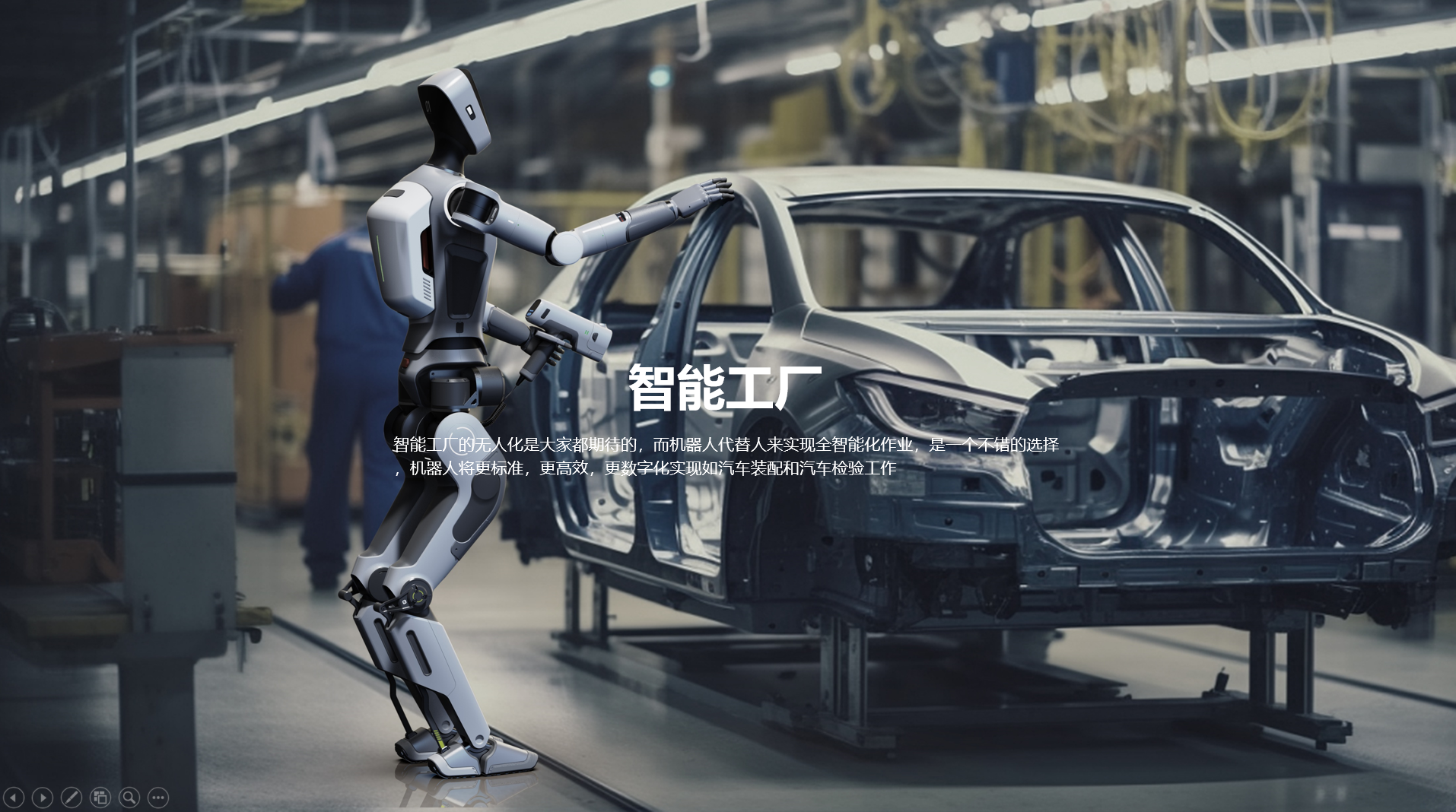

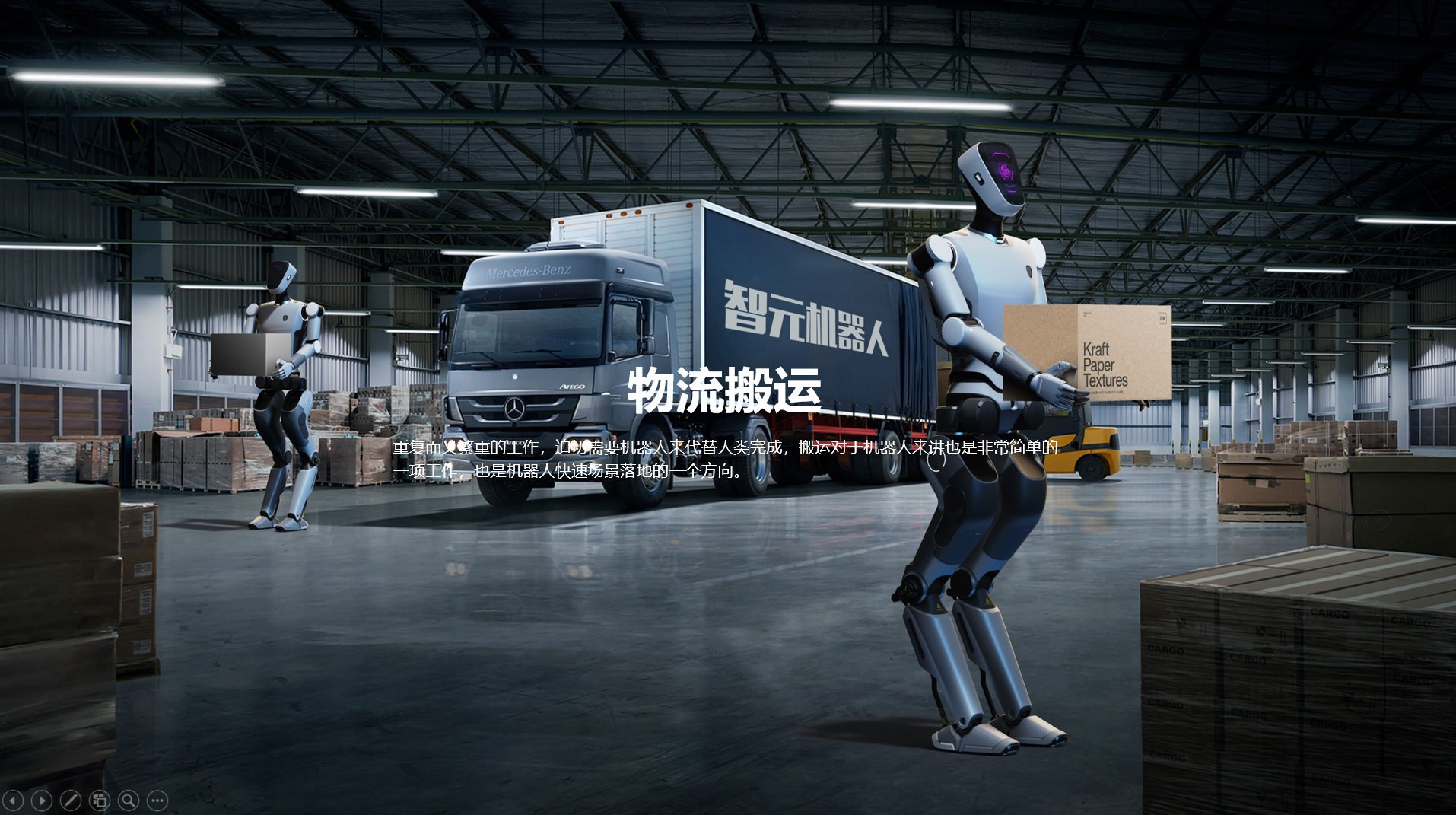
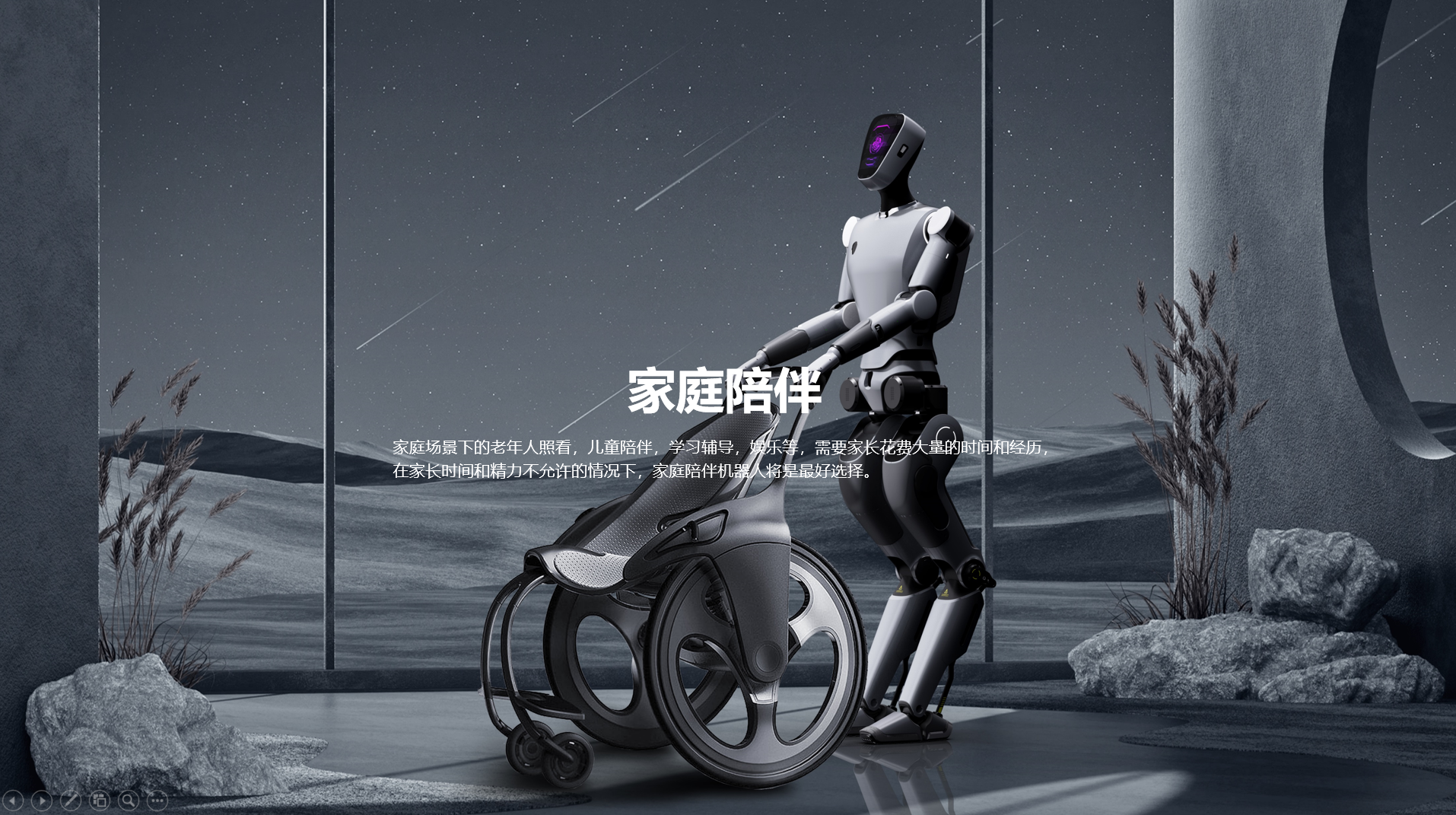
* The wheelchair product in this scene is used to contrast the atmosphere of the scene, and the wheelchair is a peer product.
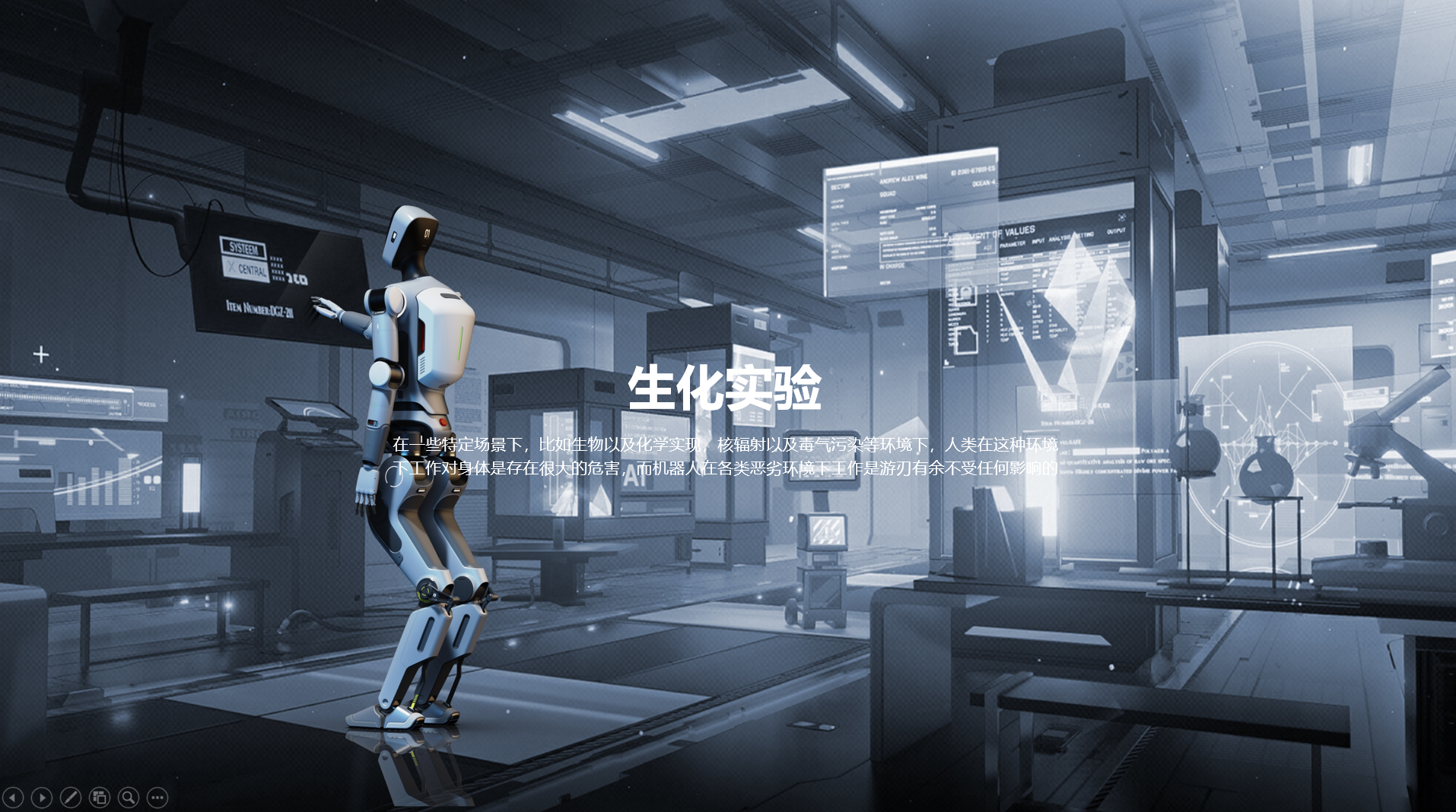
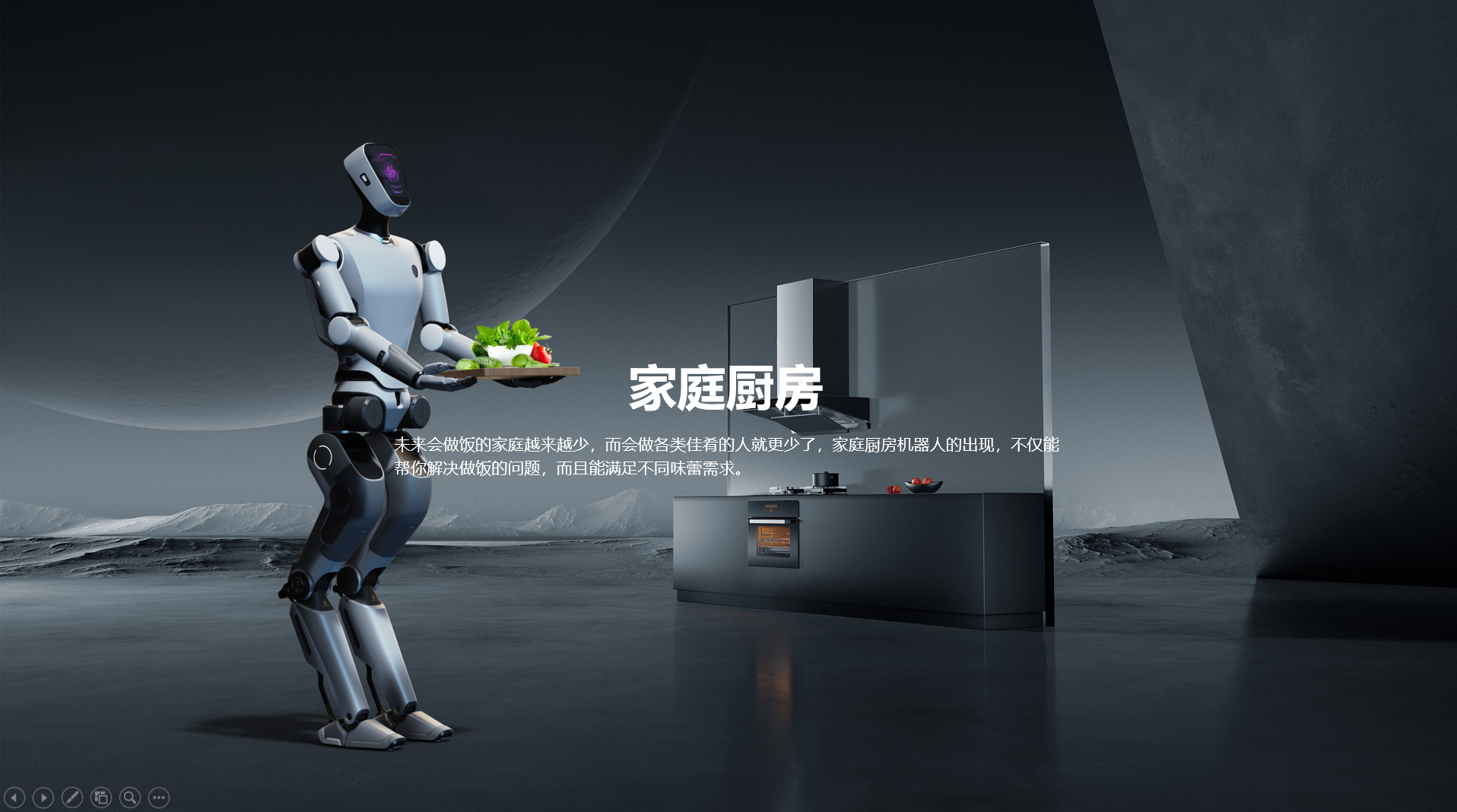
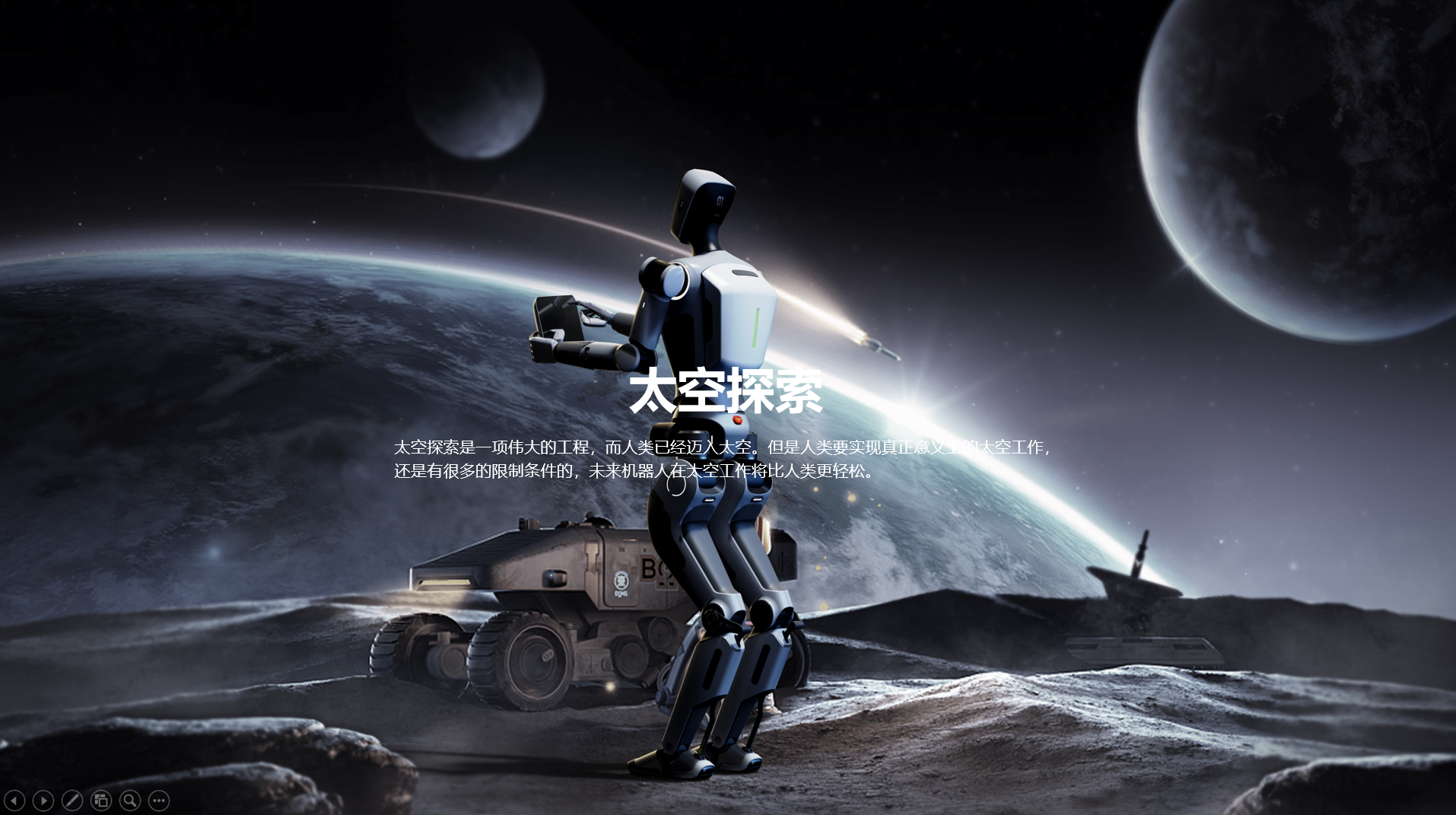

The copyright of this work belongs to NERER DESIGN. No use is allowed without explicit permission from owner.

New user?Create an account
Log In Reset your password.
Account existed?Log In
Read and agree to the User Agreement Terms of Use.

Please enter your email to reset your password
Do you want to ask the blogger whether the scenes in the blogger were built by himself or AI? learn
It's wonderful and interesting. I hope there are more and more designs here.
There are two small questions: family companionship may require humanoid robots to have advantages (direct interaction with people). Other biochemical experiments, logistics handling and intelligent factories are basically handling trolleys driven by mechanical arm chassis, which are all problems of object-object interaction. Does humanoid have advantages? (For example, the biochemical pipette was made for accurate flow control, and it was previously designed to match with people, so the design was to make a sampling measuring tool designed for people before a human hand operation. If the final operation is a robot, it is simpler, and it is more convenient to directly make a measuring instrument matching with the machine). In the end, the problem is solved, not necessarily solved by people.
In addition, you have raised the three problems of humanoid robots at present, technology, cost, and commercialization. finally, is there any solution
1: The scene of robot interaction with people is indeed able to maximize the emotional value of robots. At present, the machinery and equipment in various subdivided fields are the dimension reduction application of robot technology. The future will achieve full coverage of general-purpose robots. Similarly, the interaction between the body robot and other scenes will better adapt to the corresponding scene. It's like people have to do all kinds of work in addition to accompanying their families. The robot hopes that it can live and work like a human being. 2: the three issues of technology, cost, and commercialization. The whole industry is working hard, with breakthroughs and barriers.
Having said that, humanoid robots must have great prospects, this is beyond doubt, especially the aging, the market is still very broad, this road is still not wrong.
01 strange uncoordinated legs
02 Feet Proportion Inharmonious Feeling Small
03 The head treatment is not natural enough. It may be strange that I am used to being round and flat suddenly.
Used in war is contrary to the direction of scientific and technological progress
I believe that robots will go deep into thousands of households in the future. I hope the design can conform to the public's aesthetic. It looks strange at present.
Remembering that my paper also quoted the theory of physical cognition, the past is unbearable
I feel my feet are reversed and look awkward.
too six.
Life in science fiction movies is really getting closer ~
Great!
Awesome